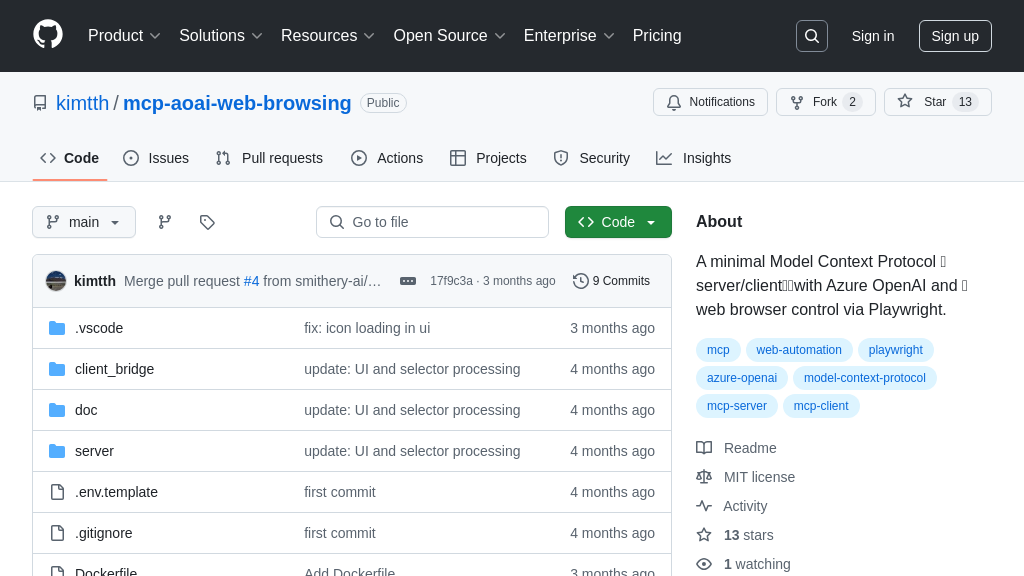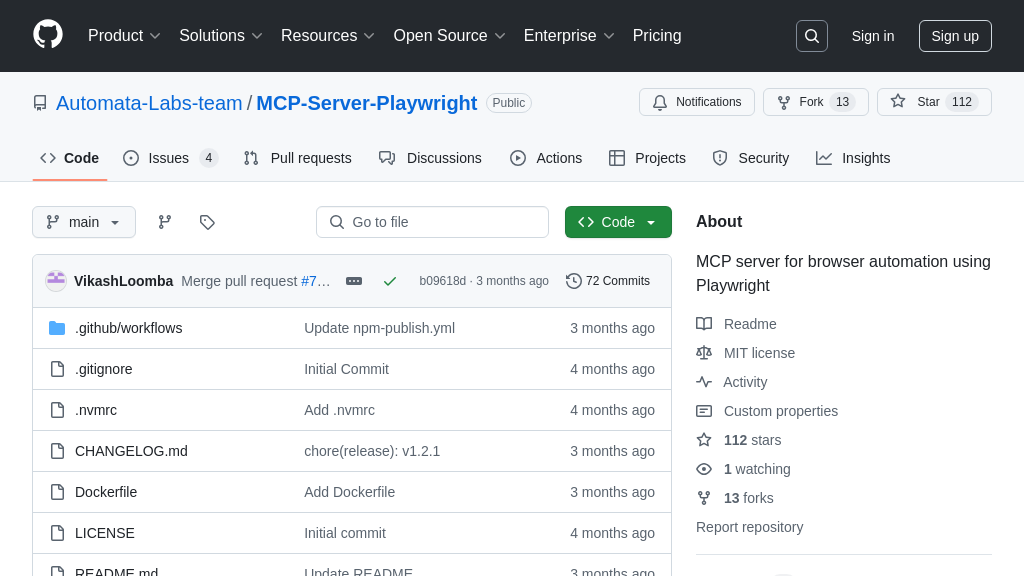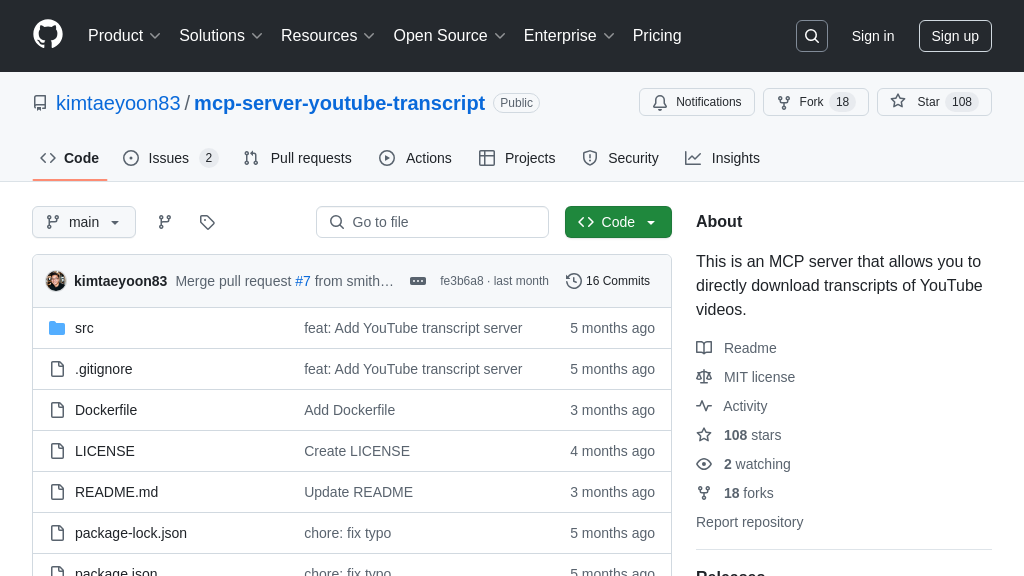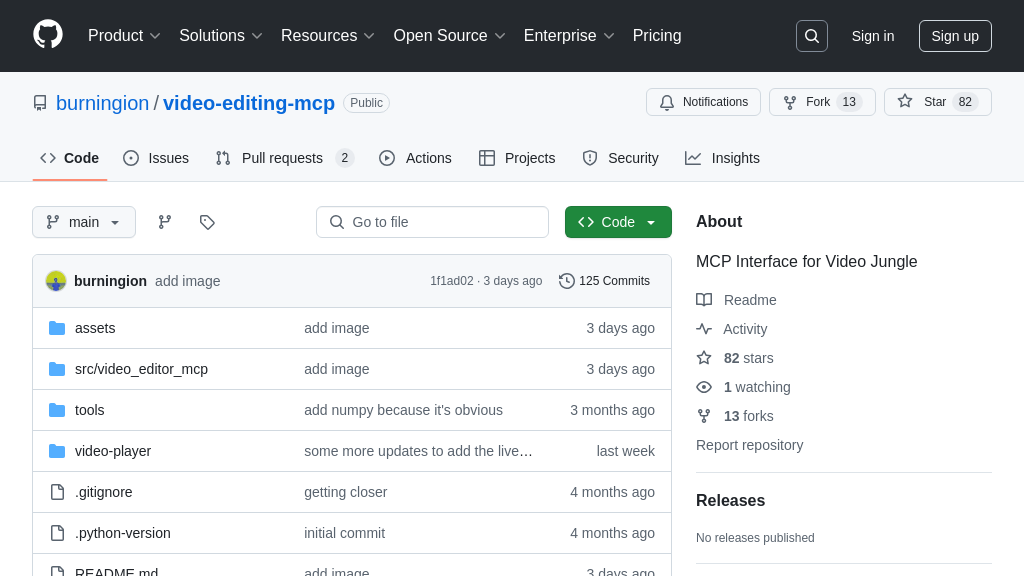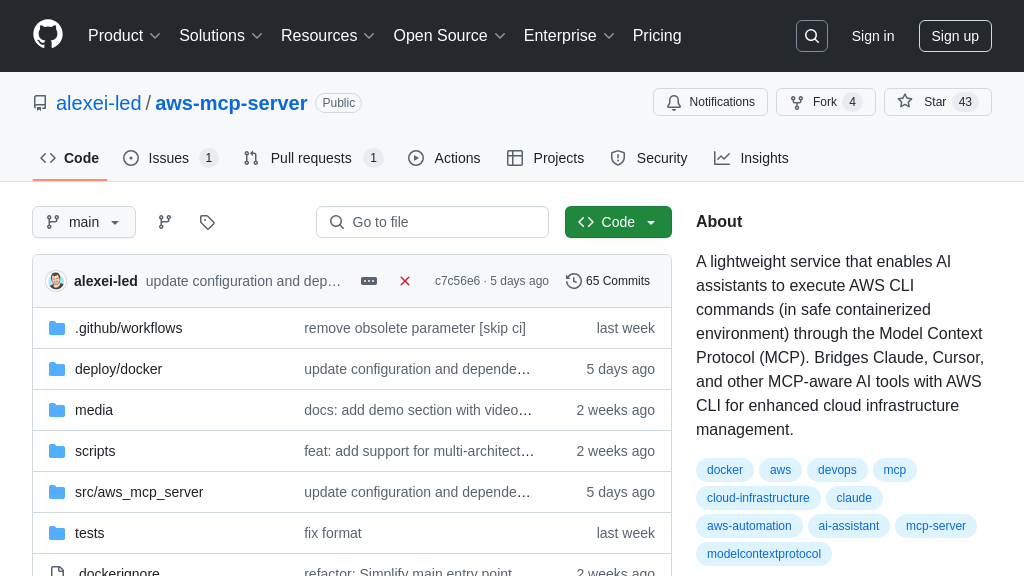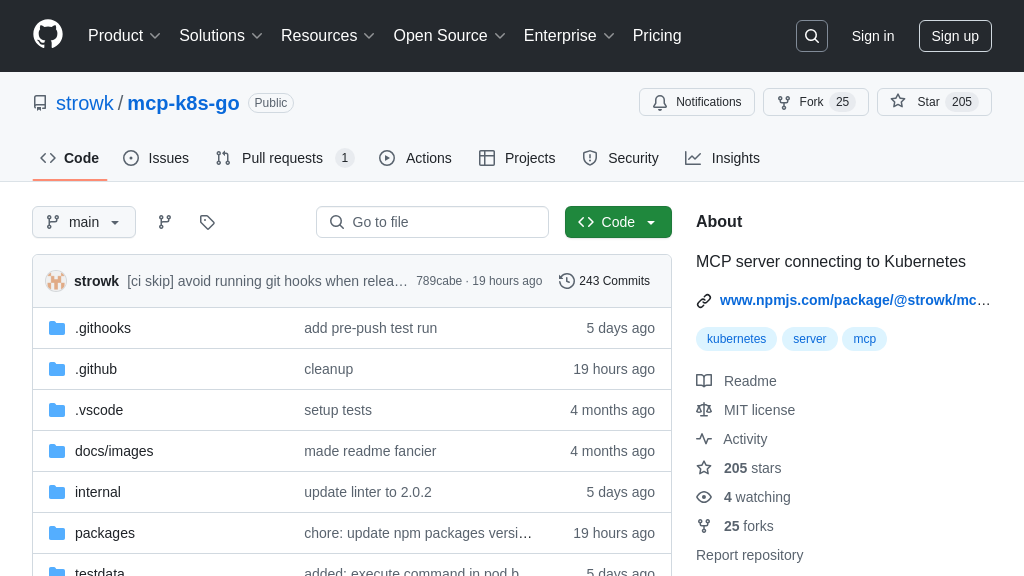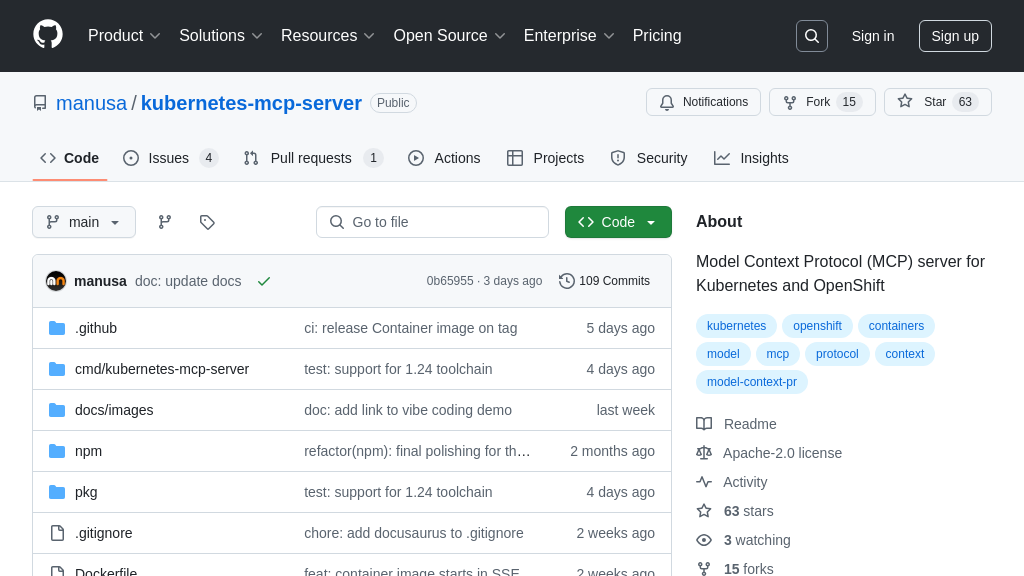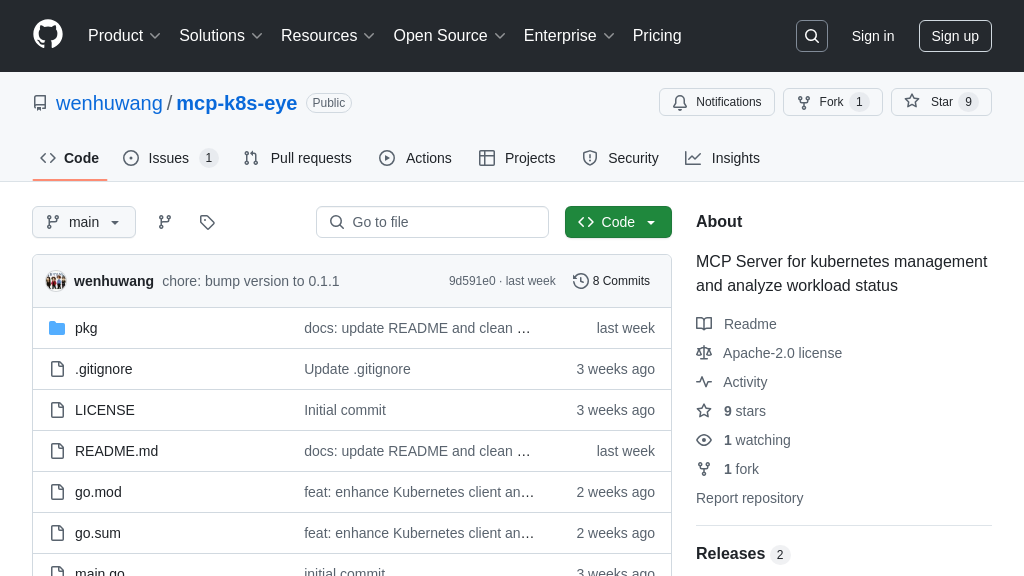climatiq-mcp-server
climatiq-mcp-server: An MCP server connecting AI models to Climatiq API for real-time carbon emission calculations.

climatiq-mcp-server Solution Overview
The Climatiq MCP Server is a valuable tool for integrating real-time carbon emission calculations into AI models. As an MCP server, it connects AI assistants to the Climatiq API, enabling them to provide climate impact insights. It offers tools for calculating emissions from electricity consumption, travel, cloud computing, and more, exposing calculation results as easily accessible resources.
This server empowers developers to build AI applications that can factor in environmental impact, addressing the growing need for sustainable solutions. By using the Climatiq API, the server provides detailed information about emission factors and calculation results, accessible via a standardized climatiq://calculation/{id} URI scheme. The server can be easily installed using uv and configured with an API key, allowing for seamless integration into existing AI workflows. This enables AI models to make informed decisions and provide users with actionable insights regarding their carbon footprint.
climatiq-mcp-server Key Capabilities
Real-time Carbon Emission Calculation
The climatiq-mcp-server provides AI models with the ability to perform real-time carbon emission calculations using the Climatiq API. This functionality allows AI assistants to provide users with immediate insights into the environmental impact of various activities, such as electricity consumption, travel, and procurement. The server acts as a bridge, translating requests from the AI model into API calls to Climatiq and then formatting the results for easy consumption by the AI. This enables AI models to offer more informed and environmentally conscious recommendations.
For example, an AI travel assistant could use this feature to calculate the carbon footprint of different flight options, allowing users to make more sustainable travel choices. The AI could also provide context, explaining the factors that contribute to the emissions and suggesting alternatives like train travel. This empowers users to understand and reduce their environmental impact. The server leverages the Climatiq API's extensive database of emission factors, ensuring accurate and up-to-date calculations.
Unified Access to Emission Factors
The server offers a unified interface for accessing a wide range of emission factors through the Climatiq API. This simplifies the process for AI models to search and retrieve specific emission factors based on various criteria, such as activity type, region, and year. By abstracting away the complexities of the Climatiq API, the server allows AI developers to focus on building intelligent applications that leverage carbon emission data without needing to understand the intricacies of the underlying data sources.
Consider an AI assistant designed to help businesses track and reduce their carbon footprint. Using the search-emission-factors tool, the AI can quickly identify the relevant emission factors for different aspects of the business's operations, such as electricity consumption, transportation, and supply chain. This enables the AI to provide accurate and tailored recommendations for reducing emissions, such as switching to renewable energy sources or optimizing logistics. The server's unified interface ensures that the AI can easily access and utilize the most up-to-date emission factor data.
Natural Language Climate Impact Explanation
The climate-impact-explanation prompt allows AI models to generate natural language explanations of the climate impact of specific emission calculations. This feature enhances the user experience by providing context and making the complex topic of carbon emissions more accessible. Instead of simply presenting raw data, the AI can explain the significance of the numbers and provide actionable insights. This helps users understand the environmental consequences of their choices and encourages them to make more sustainable decisions.
For instance, after calculating the carbon emissions of a user's daily commute, the AI could provide an explanation of how those emissions contribute to climate change and suggest alternative transportation methods with lower carbon footprints. The explanation could also highlight the potential benefits of reducing emissions, such as improved air quality and a healthier environment. This feature leverages the AI's natural language processing capabilities to communicate complex information in a clear and engaging way, empowering users to take meaningful action.
Flexible API Key Configuration
The climatiq-mcp-server offers multiple options for configuring the Climatiq API key, providing flexibility and convenience for different deployment scenarios. The API key is essential for authenticating with the Climatiq API and accessing its carbon emission data. The server supports configuration via environment variables, command-line arguments, a dedicated set-api-key tool, and a configuration file. This allows developers to choose the method that best suits their workflow and security requirements.
For example, in a production environment, it may be preferable to set the API key as an environment variable to avoid hardcoding it in the application code. In a development environment, the set-api-key tool can be used to quickly configure the API key during runtime. The flexibility of the API key configuration ensures that the server can be easily integrated into a variety of AI applications and deployment environments. The server also provides clear instructions and troubleshooting tips for resolving API key issues, ensuring a smooth setup process.
